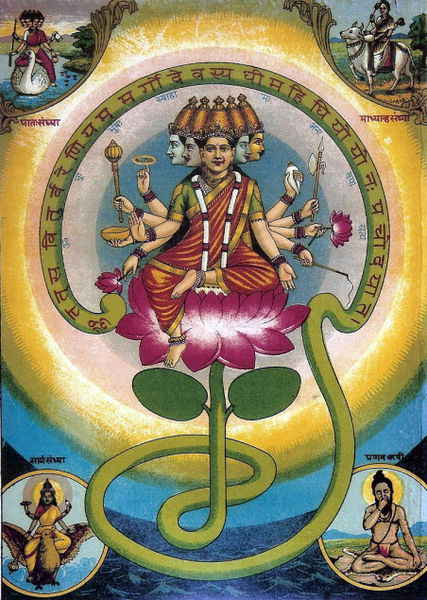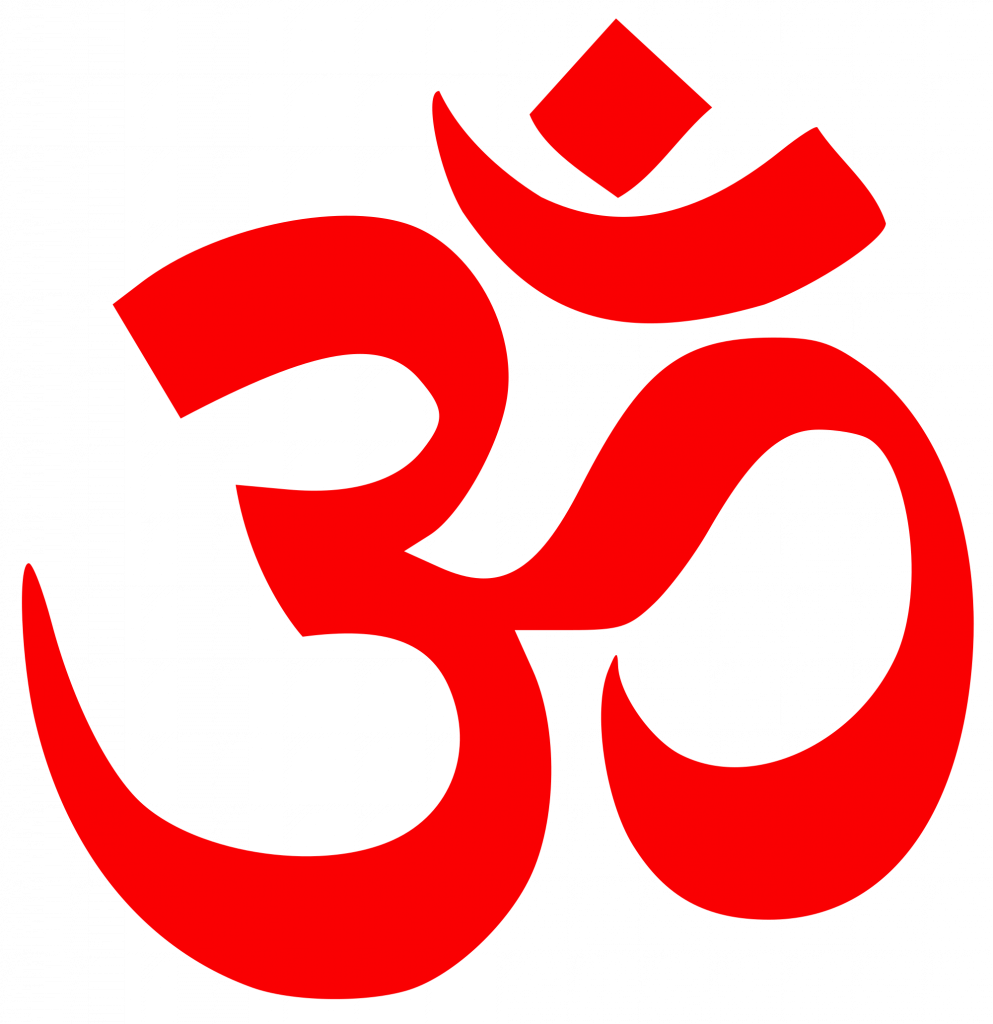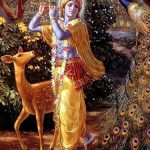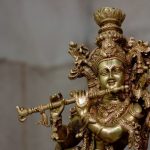The Gayatri Mantra is a sacred and powerful Hindu prayer mantra. Several Hindus utter this mantra regularly, on a daily basis. Its lyrics praise Savitr, the Sun God. The Gayatri Mantra has great potential in improving one’s mind power and provides spiritual bliss. Also, it helps one develop a connection with the Almighty.
Origin Of The Gayatri Mantra
The Gayatri mantra first appeared in the Rig Veda which is a sacred Hindu text. The mantra is composed in the Sanskrit language. The mantra originally begins with ‘om’. Apparently, sage Vishwamitra composed this mantra. This mantra is mentioned in several religious Hindu texts that include the Upanishads, Vedic texts, post-Vedic texts, Harivamsa, Manusmriti and the Bhagavad Gita. It has also been lauded by Gautama Buddha in the Pali scriptures.
What Is The Mantra?
The Gayatri mantra words are as follows:
Om Bhur Bhuvah Swah
Tat-savitur Varenyam
Bhargo Devasya Dhimahi
Dhiyo Yonah Prachodhayat
This mantra is a hymn that sings praises of the Sun God Savitur. It glorifies and worships the beauty and splendour of the sun. Additionally, this shloka is a hymn of gratitude to Lord Savitur, whose divine light brightens the physical, mental and spiritual dimensions. It invokes the blessings of the Sun God, asking him to show to all living beings the path of righteousness, justice and intellect.

The literal translation of the Gayatri mantra sloka is as follows:
Om Bhur Bhuvah Swah
Tat-Savitur Varenyam
The first two verses of the mantra talk about the presence of Lord Savitur as a beacon of light in the physical, mental and spiritual spheres.
Bhargo Devasya Dhimahi
Dhiyo Yonah Prachodhayat
The third and fourth verses talk about the devotees meditating on the sacred truth of the divine light. Additionally, it asks the Sun God to continue to illuminate the lives of all beings and on their intellect.
Why Is It Called Gayatri Mantra?
Gayatri is the mother of the Vedas. Considered to be a powerful divine entity, she protects all beings of all realms and guides them on the right path in life.
She has two other names: Savitri and Saraswati. These three forms are present inside every being. Gayatri is a representation of the commander of our senses. Savitri is the commander of prana, the life force. Savitri is the woman who saved and brought back her husband from the clutches of death. She symbolises truth. Saraswati is the commander of speech and knowledge. Thus, these three forms represent the zenith in thought or mind power, speech and actions.

What Are The Gayatri Mantra Benefits?
Chanting the Gayatri mantra has powerful and long-lasting positive effects that can improve the quality of one’s life. It improves will-power, concentration and provides peace of mind. You can attain self-realization and develop a pure, spiritual connection with God. Also, it leads to prosperity if chanted regularly with complete faith and devotion. It is the one prayer that can revive the soul and liberate it from all troubles. This mantra also finds mention in the Bhagavad Gita when Lord Krishna says “I am the Gayatri” to Arjuna. This implies that uttering this shloka can bring one closer to achieving divine consciousness.
Gayatri mantra can calm your mind and ensure that you breathe the right way. It can reduce depression and bring about a positive spark in one’s life. It can make the surrounding atmosphere energetic and better one’s learning capacity. Since this mantra addresses the mother of the Vedas (three forms of Gayatri), it has the potential to increase our knowledge and enables us to perform actions that are ethically correct and of high intellectual standards. The wordings of the mantra create a vibration that stimulates and strengthens nerve functioning.
Thus, people who understand the Gayatri mantra’s significance chant it regularly and have experienced a positive change from doing so.
How And When To Chant This Mantra?
One must chant the Gayatri mantra three times a day. This prayer that addresses the all-powerful Sun God, must be chanted first before sunrise. It must actually be chanted 24 minutes before the sun has risen. One must face the East at dawn and chant the mantra slowly and calmly, in a low tone. The mantra must be chanted for the second time at noon. This is when the sun is directly above. Also, chant the mantra for the third and last time at the time of sunset.

The timings of the chanting also have religious meaning. When chanted for the first time in the morning, the mantra addresses to Goddess Brahmani, the consort of Lord Brahma. During the second time, the mantra focuses on Goddess Vaishnavi who is the consort of Lord Vishnu. When chanted for the last time, the mantra focuses on Goddess Rudrarani, the consort of Lord Shiva.









